The fascinating world of bias cut and how Byetsa has become the undisputed leader in this sector
One of the sewing secrets that has fascinated designers and seamstresses alike for centuries is bias cut. This technique, which involves cutting the fabric at a 45-degree angle to its grain, provides a unique elasticity that allows the fabric to drape and conform to the body’s curves.
It is used in creating full dresses, providing elegant draping and flow, or in the form of strips to finish, adorn, and reinforce garment edges.
With over 50 years of experience in the textile market, Byetsa is an international reference in bias tape production. Our company specializes in all its variations, offering two product lines: Fany and Byor, designed to meet the most demanding needs in home, fashion, consumer, packaging, and industrial sectors.
We manufacture bias cuts in all their typologies and modalities, from cut bias (flat), highly demanded in the industrial sector of textile manufacturing, to sewn bias (folded), ideal for fashion and home applications.
A universe of possibilities in bias tapes for different sectors
Fashion

In the dynamic and ever-changing world of fashion, bias tape is emerging as an invaluable resource for designers and dressmakers. This element is not only experiencing a resurgence in popularity due to its unparalleled versatility and functionality; it is also becoming an essential tool for injecting creativity and originality into designs.
Bias tape allows the creation of finishes that are at once clean, elegant and highly sophisticated, adapting perfectly to curves and contours for an impeccable result.
Thus, it becomes a key piece for the manufacture of haute couture garments, where every detail counts, even in the most avant-garde collections that seek to break the mold with innovation and style.
Home

In the home sector, bias binding finds its place in a wide and diverse spectrum of applications, making a difference in clothing and interior design.
From the production of bed linen that invites to rest, to towels, tablecloths, curtains and blinds that bring a touch of distinction and warmth to any space, bias tape is a strategic ally.
Its ability to provide elegant finishes, coupled with a durability that stands the test of time and daily use, ensures that essential elements such as these maintain their beauty and functionality, enhancing the comfort and style of the home.
Consumer

The consumer market benefits greatly from the rich variety of items enriched by the use of our bias tapes. The inclusion of these in apparel and fashion accessories not only adds a detail of quality and durability, but also offers a window into personalization and the expression of identity through fashion.
In addition, home decor items, from cushions to decorative elements, are embellished with the inclusion of bias binding, demonstrating that functionality and aesthetics can go hand in hand to create unique and welcoming environments.
Industrial

The industry benefits greatly from the innovative solutions that Byetsa offers through its bias tapes. Our specialized products, such as fluorescent tapes in bright colors, reflective tapes made with 3M scotchlite fabric, durable nylon tapes and innovative glow tapes, are designed to meet specific safety, visibility and durability needs.
With the OEKO-TEX guarantee, we assure our industrial customers of the highest quality products, suitable for a variety of critical applications ranging from occupational safety to sports and technical equipment.
Packaging

The packaging sector is transformed by our offer of customized and printed bias tapes, demonstrating the impact of innovation and technological development on product differentiation.
In a market where presentation and first impressions are key, we offer solutions that not only embellish, but also add value and character to any type of packaging.
From luxury product packaging to eco-friendly and sustainable solutions, our ribbons enable brands to communicate their identity and commitment to quality in a visually appealing and memorable way.
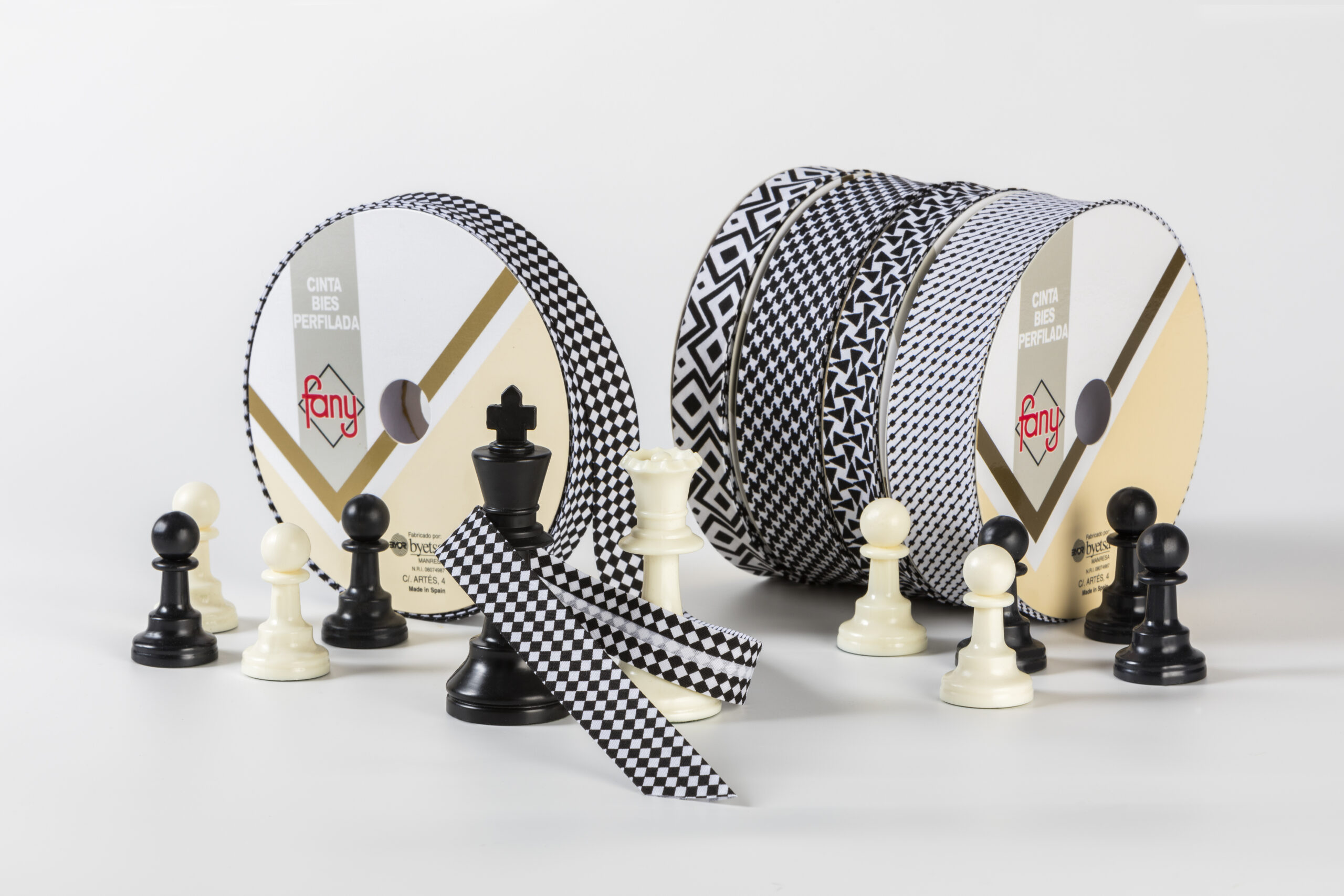
Articles you may also be interested in:
The art of bias sewing: Precision and experience required

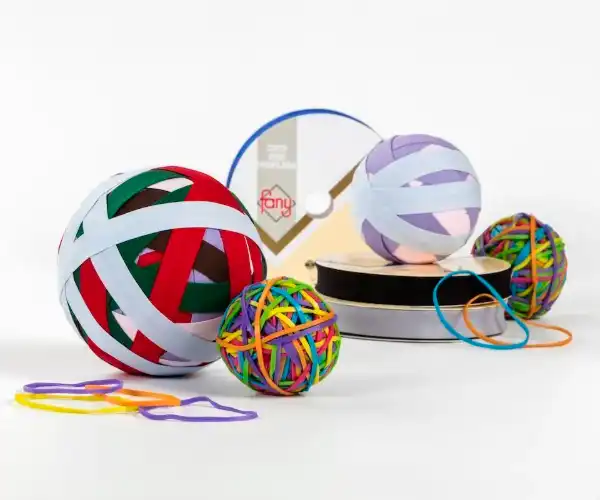
Once the fabric has been bias cut, the sewing stage begins. There are different types of seams suitable for bias tape, each with particular characteristics that allow for different finishes and styles. Here are some of them…
When selecting the type of seam, it is important to consider three fundamental elements: seam size (measured by its depth, length, and width), seam slippage strength (the amount of force required to move a total of ¼ of the opposite sets of threads perpendicular to the seam line), and seam strength (the force required to open the seam).
Byetsa, your trusted ally in bias tapes
At Byetsa, we take pride in being recognized as leaders in the production of high-quality bias tapes. We are committed to meeting the needs of our customers and offer a wide variety of materials, widths, and formats.
If you would like more detailed information about any of our products, please do not hesitate to contact us at +34 93 874 40 98 or through our email [email protected]. You can also fill out the contact form available on our website.





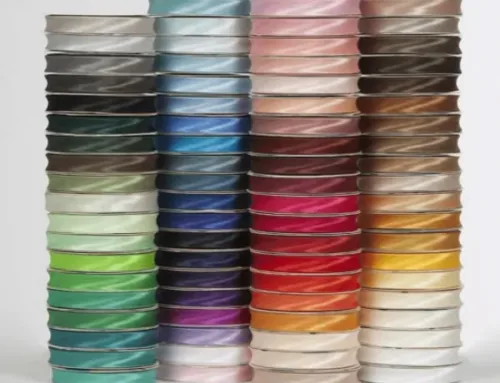
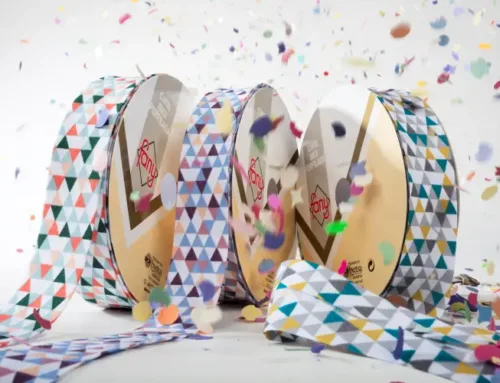


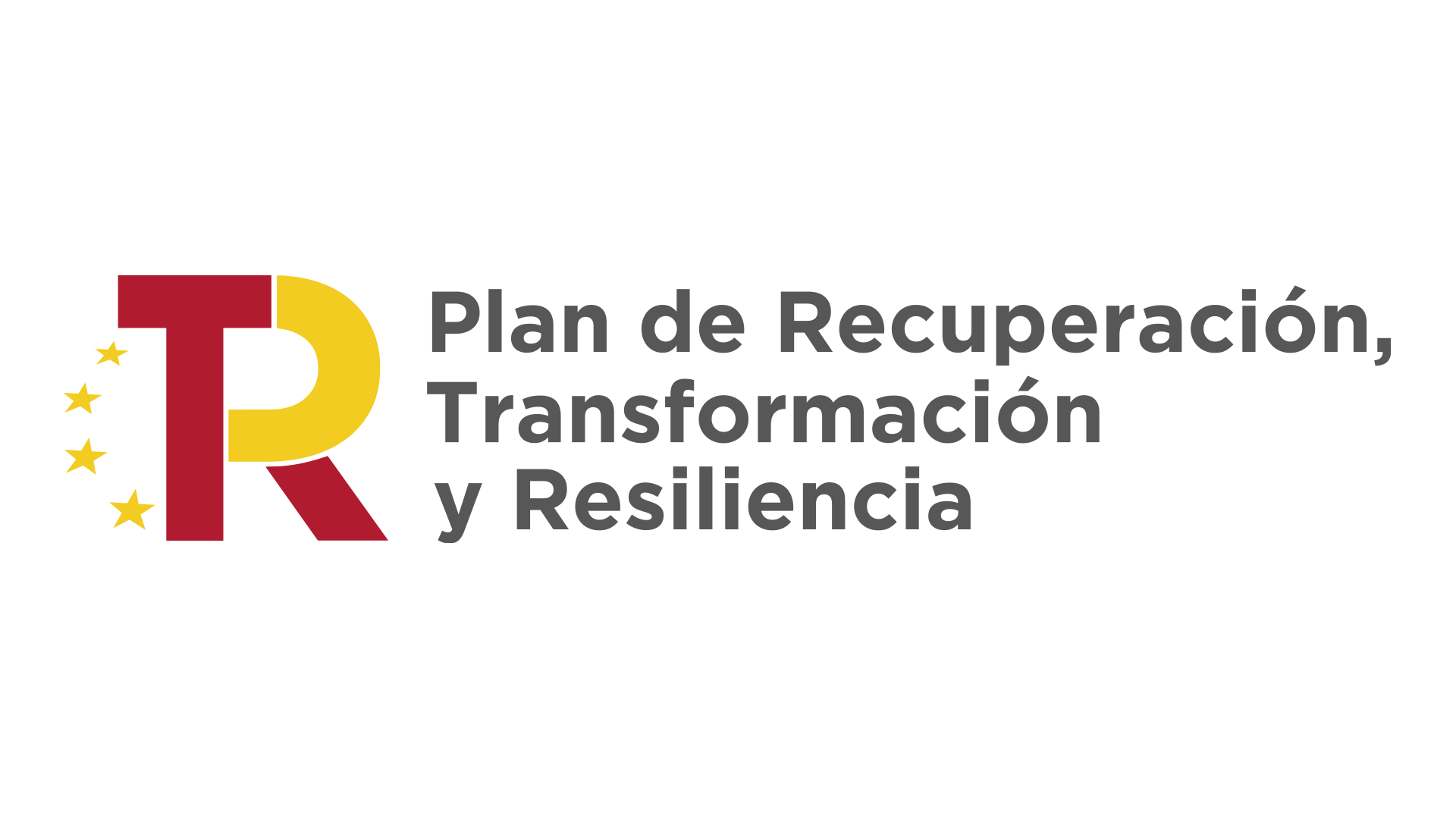



Leave A Comment